If you’re looking for a cost-effective and creative way to spruce up your garden, why not consider making your own cinder block planters? These sturdy, versatile blocks can be arranged in countless ways to create beautiful, modern outdoor spaces. Not only are cinder block planters budget-friendly, but they’re also durable and customisable to fit your garden’s style. In this guide, we’ll share ten practical tips to help you create your own cinder block planter with ease.

1. Choose the Right Location
Before you begin building, it’s important to think about where you want to place your cinder block planter. Consider how much sunlight the location receives, as this will impact which plants you can grow. Also, think about the space—ensure that it’s large enough to accommodate your design while leaving room for you to maneuver around the garden. Proximity to a water source is another factor to consider for easier plant maintenance.
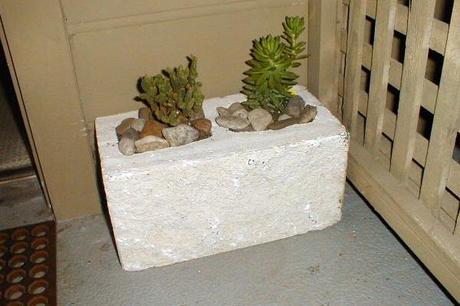
2. Pick the Best Cinder Blocks
Not all cinder blocks are the same, so it’s important to choose the right ones for your project. Standard sizes are 16x8x8 inches, but smaller or larger blocks may suit your design better. Make sure they’re solid and capable of withstanding outdoor elements. You can find blocks at most hardware shops, and since they’re relatively inexpensive, buying in bulk can save you money if you’re planning a larger project.
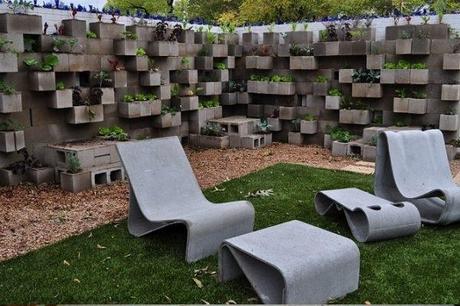
3. Design Your Layout Before Starting
Before you start stacking blocks, take the time to plan your layout. Sketch a design that fits your space, whether you want a simple linear pattern or something more creative like a multi-tiered arrangement. Staggered or stacked designs can add visual interest to your garden. Having a blueprint will save time and help you avoid making adjustments mid-project.
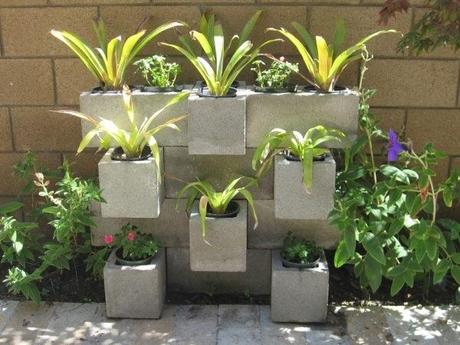
4. Ensure Proper Drainage
Proper drainage is key to healthy plants, and cinder block planters are no exception. Ensure the planter is slightly elevated to allow water to escape, or consider drilling small holes into the bottom of the blocks to prevent waterlogging. Without drainage, your plants may suffer from root rot or poor growth.
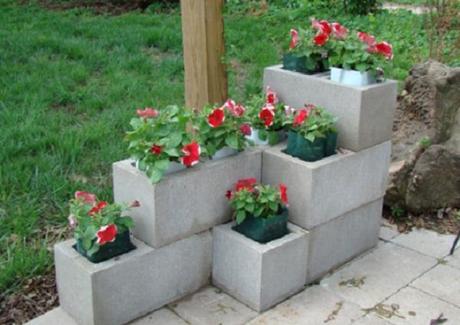
5. Line the Inside with Landscape Fabric
A clever trick to prevent soil from leaking out of the bottom and sides of your blocks is to line them with landscape fabric. This lightweight material allows water to drain while keeping the soil in place. Make sure the fabric fits snugly into the cinder block openings and trim off any excess for a clean finish.

6. Use Quality Soil
Your plants will only be as healthy as the soil they grow in, so it’s essential to use high-quality compost or potting mix. Consider the types of plants you’ll be growing—herbs, succulents, or flowers—and choose a soil mix that suits their needs. For example, succulents prefer well-draining, sandy soil, while herbs will thrive in a nutrient-rich compost.
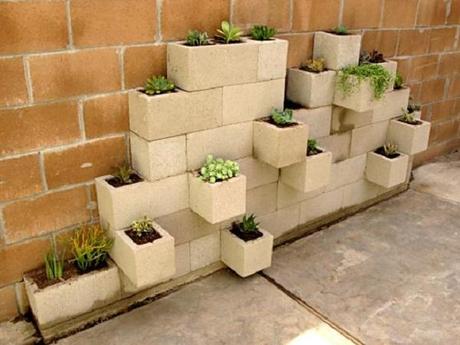
7. Add Fertiliser for Healthy Growth
To keep your plants thriving, it’s a good idea to add fertiliser to the soil. Slow-release fertilisers are ideal for small planters as they provide nutrients over time, reducing the need for frequent reapplication. Organic options, such as compost or worm castings, are another excellent choice for environmentally conscious gardeners.
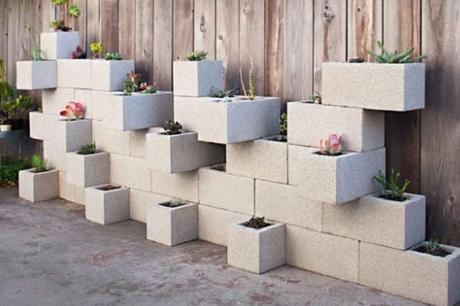
8. Choose Plants Wisely
When choosing plants for your cinder block planter, opt for varieties that thrive in smaller spaces. Succulents are a popular choice due to their minimal water needs and ability to grow in confined areas. Herbs like thyme, basil, or rosemary are also ideal for small planters and can double as a kitchen garden. If you prefer something more decorative, consider trailing plants or small flowering plants like marigolds or pansies.
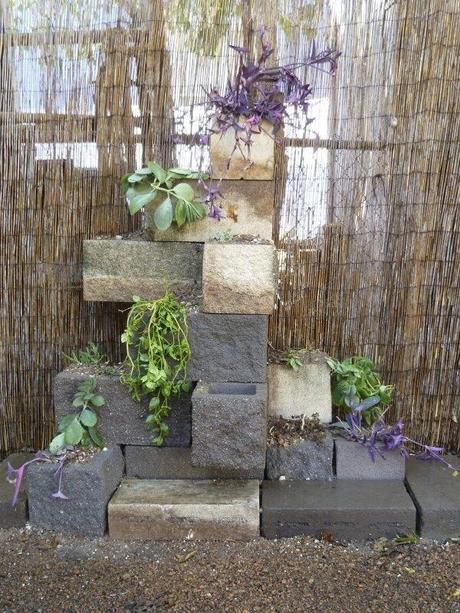
9. Decorate Your Cinder Blocks
One of the great things about cinder block planters is that they can be customised to suit your style. Painting the blocks with outdoor paint is a simple way to add a pop of color to your garden. If you’re feeling creative, try using stencils or spray paint to create patterns, or even consider mosaic tiles for a more artistic look. This is your chance to get creative and make your planter unique!
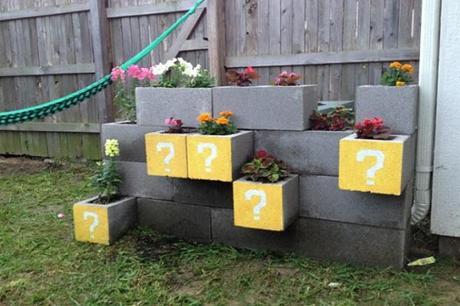
10. Maintain Your Planter
After your planter is set up and filled with plants, it’s important to keep it well-maintained. Regular watering is crucial, especially for planters in direct sunlight. Prune your plants as needed to keep them healthy and attractive, and check for pests such as aphids or slugs. During the colder months, you may want to protect more delicate plants from frost by covering them or moving the planter to a sheltered area.
Creating your own cinder block planter is a fun and rewarding DIY project that can transform your outdoor space. Whether you’re looking to grow herbs, succulents, or vibrant flowers, these tips will help ensure that your planters are both functional and stylish. So why not grab some cinder blocks, let your creativity flow, and start building your perfect garden today? We’d love to see your creations, so feel free to share photos or stories in the comments!

